Interviews with Experts
7 Game-Changing Benefits of Urban Forestry Initiatives Everyone Should Know
Have you ever considered the profound impact that urban forestry initiatives can have on the well-being of your community? The benefits reach far beyond just adding greenery to urban landscapes.
From improving air quality to boosting public health, urban forestry initiatives offer a range of game-changing advantages that can transform the urban environment in significant ways.
As you explore the seven key benefits of these initiatives, you’ll gain insights into how they can directly affect your daily life and the future of your city.
Key Takeaways
- Urban forestry initiatives have numerous benefits for both the community and the environment.
- Trees and green infrastructure play a crucial role in mitigating the impacts of climate change, improving air quality, and reducing the urban heat island effect.
- These initiatives help manage stormwater runoff, protect water quality, and reduce the risk of flooding.
- Urban forestry enhances biodiversity, contributes to carbon sequestration, and creates safer, healthier, and more vibrant living environments for communities.
Community Engagement
Engage your community in urban forestry initiatives by inviting residents to participate in tree planting and maintenance efforts. By involving your neighbors, you not only foster a sense of pride and ownership in the local environment but also create a safer and more vibrant community. When everyone comes together to plant and care for trees, you not only beautify the area but also provide natural shade, reduce air pollution, and enhance the overall quality of life for everyone.
When organizing community tree planting events, it’s crucial to prioritize safety. Ensure that all participants are equipped with the necessary tools and knowledge to handle the planting process safely. Encourage everyone to wear gloves, closed-toe shoes, and clothing suitable for outdoor work. Additionally, provide clear instructions on how to handle and plant trees properly to prevent any accidents or injuries.
Furthermore, ongoing tree maintenance efforts require regular community involvement. Encourage residents to join in watering, mulching, and pruning activities while emphasizing the importance of safety precautions. By actively engaging your community in urban forestry initiatives and prioritizing safety, you can create a greener, healthier, and safer neighborhood for everyone to enjoy.
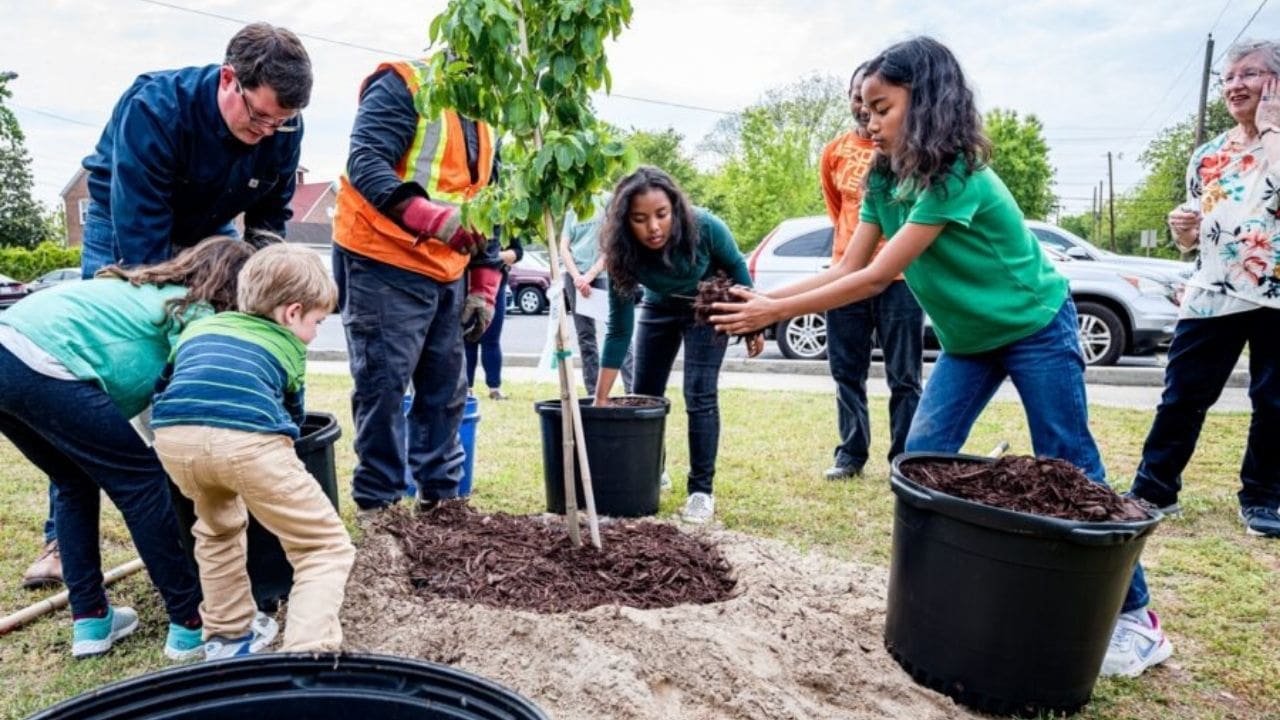

Climate Resilience
When it comes to climate resilience, urban forestry initiatives offer key solutions to combat urban heat islands, manage stormwater effectively, and improve air quality.
Trees and green spaces play a critical role in reducing the heat island effect by providing shade and cooling the surrounding environment.
Additionally, they help manage stormwater runoff by absorbing and filtering water, mitigating the impact of heavy rainfall and flooding.
Moreover, the presence of trees and vegetation contributes to better air quality by removing pollutants and releasing oxygen into the atmosphere.
Urban Heat Island
Urban heat islands can significantly impact the resilience of cities to climate change, posing challenges for urban residents and infrastructure.
During heatwaves, these areas experience higher temperatures than surrounding rural areas, increasing the risk of heat-related illnesses.
Trees and vegetation help mitigate this effect by providing shade and cooling the air through evapotranspiration. By strategically planting trees and creating green spaces, cities can reduce the urban heat island effect, making the urban environment safer and more resilient to extreme heat events.
Additionally, lower temperatures can decrease energy demands for air conditioning, reducing strain on the power grid during peak times.
Urban forestry initiatives play a crucial role in combating the urban heat island effect, contributing to the overall climate resilience of cities and promoting the well-being of their inhabitants.
Stormwater Management
Improving stormwater management is essential for enhancing climate resilience in urban areas. By strategically planting trees and creating green infrastructure, you can mitigate the impacts of heavy rainfall and flooding.
Trees and vegetation help absorb and slow down stormwater, reducing the strain on drainage systems and decreasing the risk of flash floods. Green spaces also act as natural sponges, filtering pollutants and preventing them from contaminating water bodies.
Proper stormwater management not only protects your community from the destructive consequences of flooding but also safeguards water quality, ensuring a safer environment for everyone.
Embracing urban forestry initiatives for stormwater management is a proactive way to build climate resilience and create a more secure and sustainable urban landscape.
Air Quality Improvement
To further bolster climate resilience in urban areas, addressing air quality becomes paramount, as it complements the efforts in stormwater management to create a healthier and more sustainable environment for the community.
Urban forestry plays a crucial role in improving air quality by absorbing pollutants, releasing oxygen, and providing shade, ultimately reducing the urban heat island effect. Trees and green spaces act as natural air filters, trapping harmful particles and absorbing pollutants such as carbon monoxide, sulfur dioxide, and nitrogen dioxide.
By enhancing air quality, urban forestry initiatives contribute to reducing respiratory illnesses and other health issues caused by poor air conditions. Cleaner air also promotes a safer and more pleasant environment for outdoor activities.
Embracing urban forestry not only enhances the aesthetic appeal of urban areas but also significantly improves the overall well-being and safety of the community.
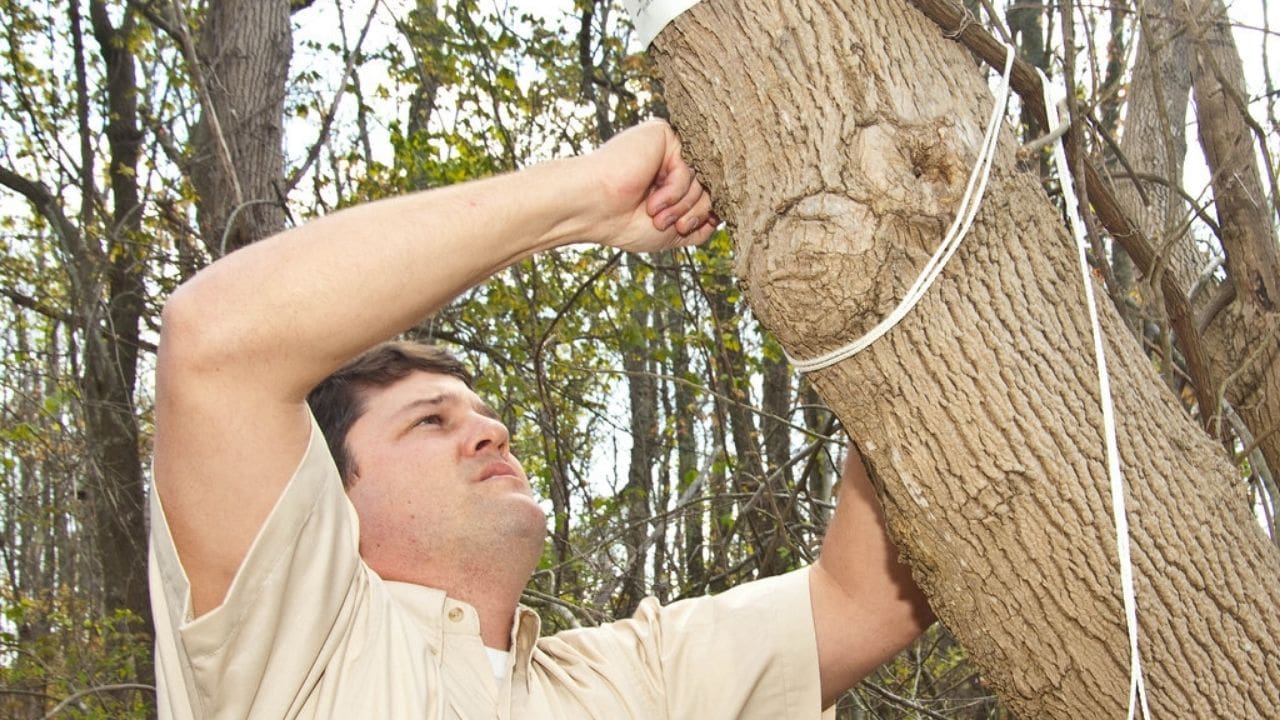

Urban Heat Island Mitigation
Reducing the heat absorbed and retained by urban surfaces is a critical aspect of urban forestry initiatives. Urban heat islands occur when urban areas experience significantly higher temperatures than their rural surroundings due to human activities and the built environment.
By strategically planting trees and vegetation in urban areas, the process of transpiration helps to cool the air and reduce surface temperatures. Trees provide shade, absorb carbon dioxide, and release oxygen, which all contribute to mitigating the urban heat island effect. Additionally, the evapotranspiration process from trees and plants helps to cool the surrounding air, making the environment more comfortable and safer for residents during heatwaves.
Furthermore, the shade provided by trees can lower the demand for air conditioning, reducing energy consumption and lowering the risk of power outages during extreme heat events. By incorporating more green spaces and tree canopy cover in urban areas, the overall temperature can be moderated, creating a safer and more pleasant living environment.
Urban heat island mitigation through urban forestry initiatives is essential for ensuring the well-being and safety of urban populations.
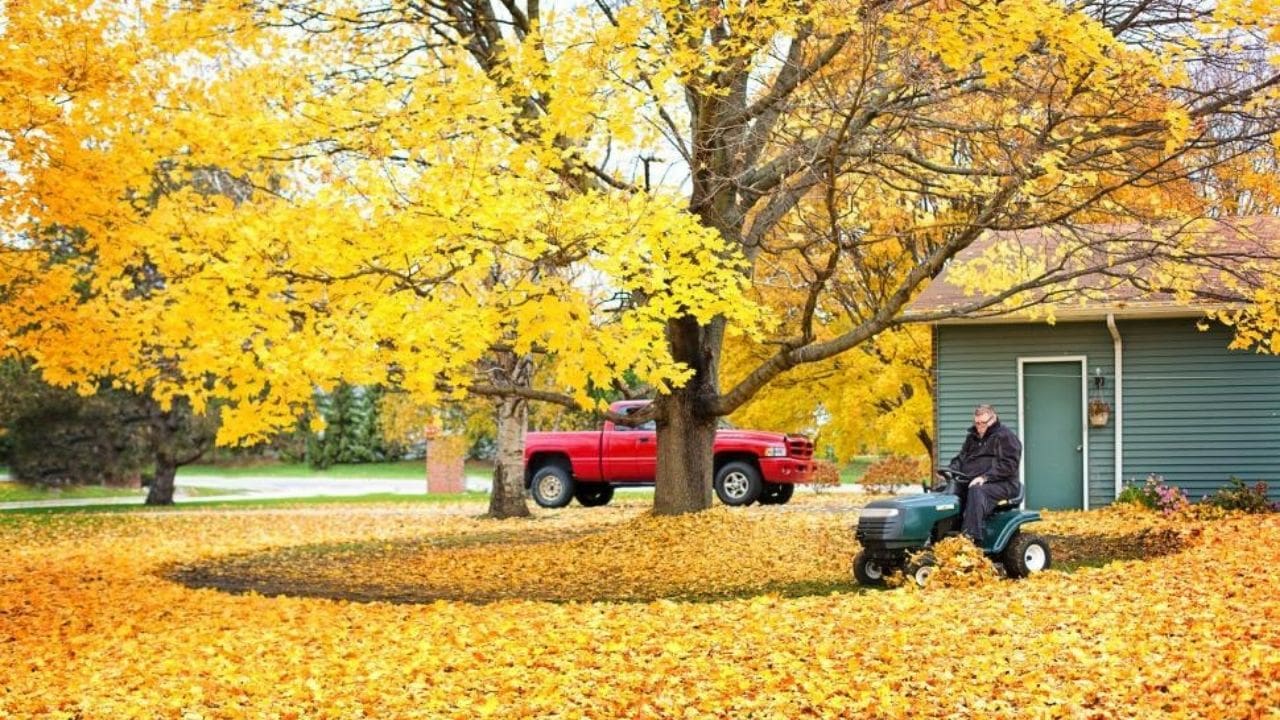

Carbon Sequestration
You’ll be glad to know that urban forestry initiatives play a crucial role in carbon sequestration, helping to combat climate change by capturing and storing carbon dioxide.
This not only contributes to mitigating the impacts of climate change but also leads to improved air quality in urban areas, creating a healthier environment for you and your community.
Climate Change Impact
One significant benefit of urban forestry initiatives is their capacity to sequester carbon, thereby mitigating the impact of climate change. Trees absorb carbon dioxide from the atmosphere and store it as carbon, helping to reduce the overall concentration of greenhouse gases.
By increasing the green canopy in urban areas, these initiatives contribute to cooling the environment, reducing the urban heat island effect, and improving air quality. This not only benefits the immediate surroundings but also helps in combating the broader effects of climate change.
As a result, urban forestry initiatives play a crucial role in creating safer and healthier living environments for communities. By supporting these initiatives, you’re actively participating in the fight against climate change, making a positive impact on the world around you.
Air Quality Improvement
As trees absorb carbon dioxide and store it as carbon, they not only mitigate the impact of climate change but also significantly improve air quality through carbon sequestration. This process helps reduce the amount of carbon dioxide in the atmosphere, which is crucial for maintaining clean and safe air.
By removing pollutants and harmful gases from the air, trees play a crucial role in ensuring that the air you breathe is healthy and free from harmful contaminants. With urban forestry initiatives, such as planting and maintaining trees in cities, we can enhance the air quality in our urban environments, creating a safer and healthier atmosphere for everyone.
Environmental Sustainability
Trees actively capture and store carbon dioxide, playing a vital role in environmental sustainability through the process of carbon sequestration. This natural process helps to mitigate the effects of climate change by removing carbon dioxide from the atmosphere and storing it in the form of wood and soil.
By increasing the urban tree canopy, cities can significantly contribute to carbon sequestration, helping to reduce the overall carbon footprint and combatting the rising levels of greenhouse gases. This not only benefits the environment but also contributes to a healthier and safer community for all.
Urban forestry initiatives aimed at increasing tree cover can make a substantial impact on environmental sustainability, making cities more resilient to the challenges posed by climate change.
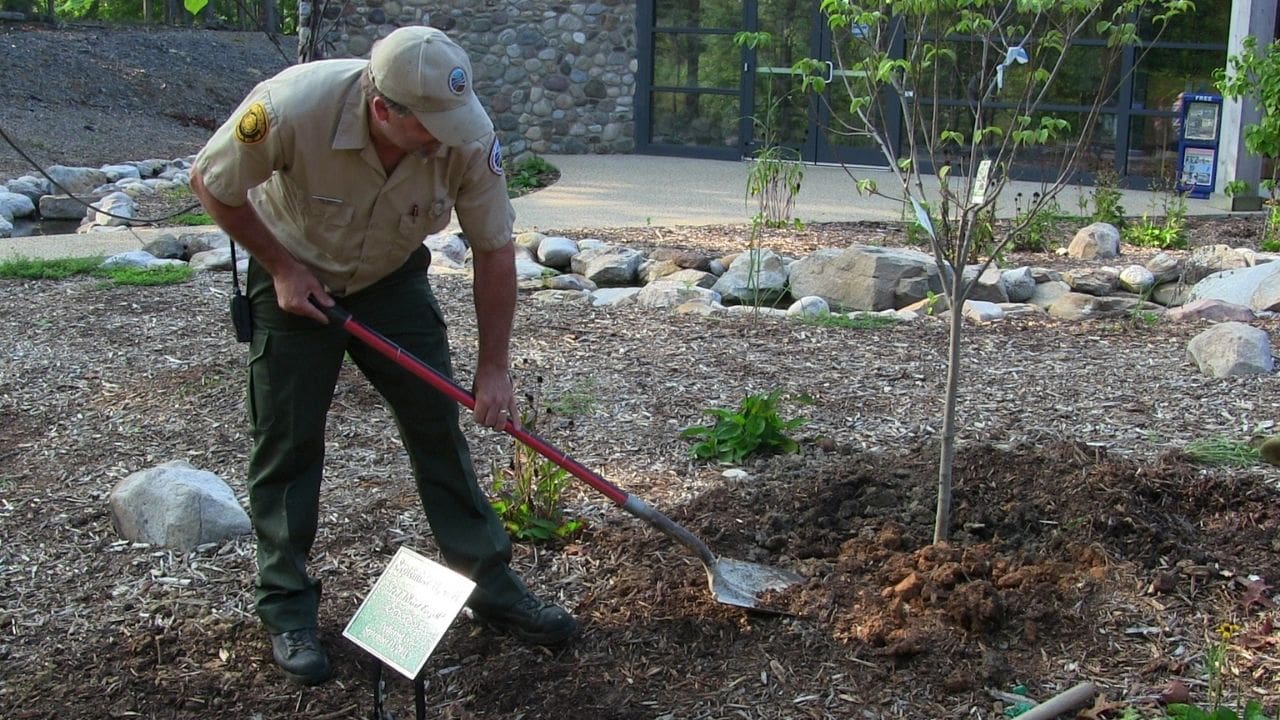

Biodiversity Enhancement
Enhancing biodiversity through urban forestry initiatives can lead to a healthier and more resilient ecosystem for both wildlife and people. By increasing the variety of plant and animal species in urban areas, the following benefits can be achieved:
- Sense of Security: A diverse ecosystem with an abundance of flora and fauna creates a more balanced and stable environment, reducing the risk of ecosystem collapse and the potential for unforeseen natural disasters. This can provide a sense of safety and security for residents, knowing that the ecosystem is more robust and less prone to sudden disruptions.
- Improved Mental Well-being: The presence of diverse wildlife in urban areas can have a positive impact on mental health, offering a source of tranquility and connection to nature. This can contribute to a sense of comfort and well-being, promoting a feeling of safety and calm in the community.
- Enhanced Resilience: Biodiversity helps ecosystems adapt to change and resist potential threats such as pest outbreaks and diseases. This can create a safer and more stable environment for both wildlife and residents, ensuring a more resilient and secure urban landscape.
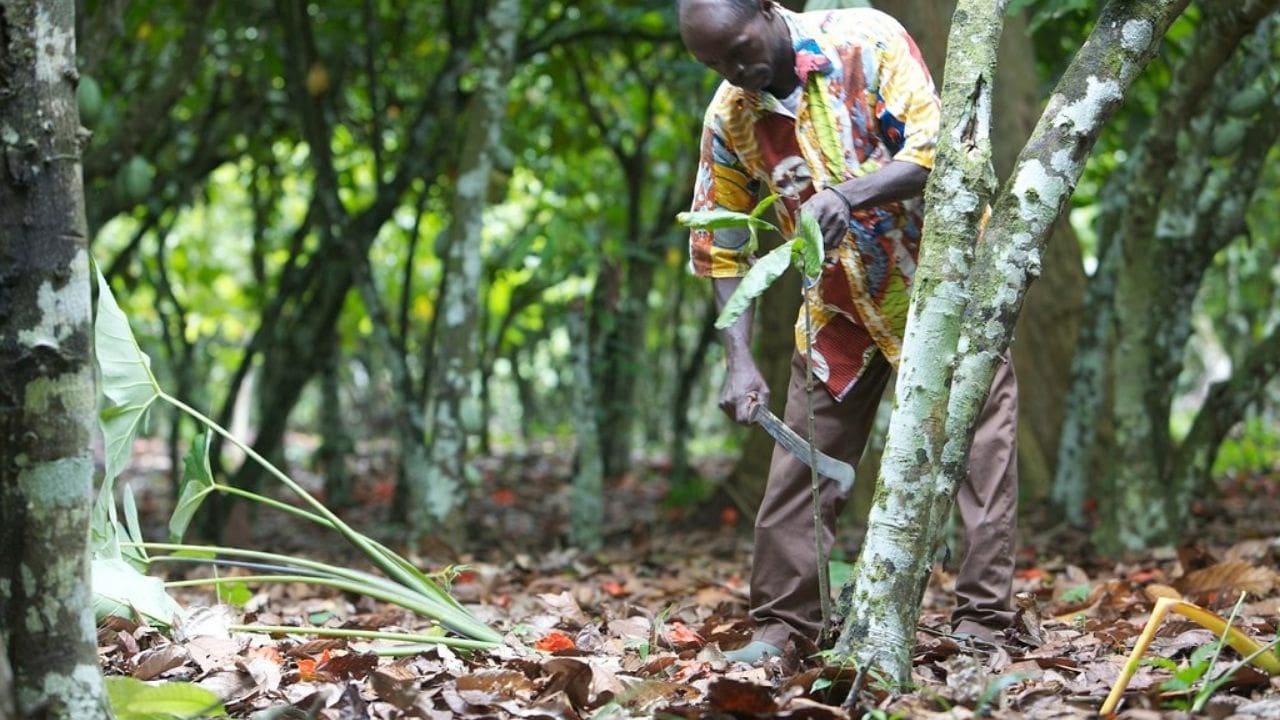

Air Quality Improvement
The diverse ecosystem nurtured through urban forestry initiatives not only fosters a sense of security and well-being but also plays a crucial role in improving air quality in urban areas. Trees and other green infrastructure act as natural air filters, capturing and removing harmful pollutants such as carbon monoxide, sulfur dioxide, and particulate matter.
By planting trees strategically throughout urban environments, these initiatives help to mitigate the impact of vehicle emissions and industrial activities, resulting in cleaner and healthier air for you and your community.
As a result of improved air quality, the risk of respiratory diseases and other health issues is reduced, contributing to your overall safety and well-being. Additionally, the shade provided by trees helps lower temperatures in urban heat islands, further enhancing the quality of the air you breathe.
Public Health Benefits
Improving public health through urban forestry initiatives involves creating environments that support physical and mental well-being for all residents. Urban forestry initiatives offer numerous benefits that directly impact public health, providing a safer and healthier community for everyone. Consider the following emotional aspects:
- Cleaner Air: Urban forestry initiatives significantly reduce air pollution, ensuring that you and your loved ones can breathe in clean, fresh air, free from harmful pollutants. This means fewer respiratory issues and a lower risk of developing health problems related to poor air quality.
- Mental Well-being: The presence of trees and green spaces in urban areas has been proven to reduce stress, anxiety, and depression. By incorporating more greenery into the city landscape, urban forestry initiatives promote a sense of calm and tranquility, contributing to improved mental health for you and your community.
- Physical Activity: Access to green spaces encourages physical activity, promoting a healthier lifestyle for you and your family. With more opportunities for outdoor exercise and recreational activities, urban forestry initiatives support your commitment to staying active and fit, contributing to overall well-being and safety.
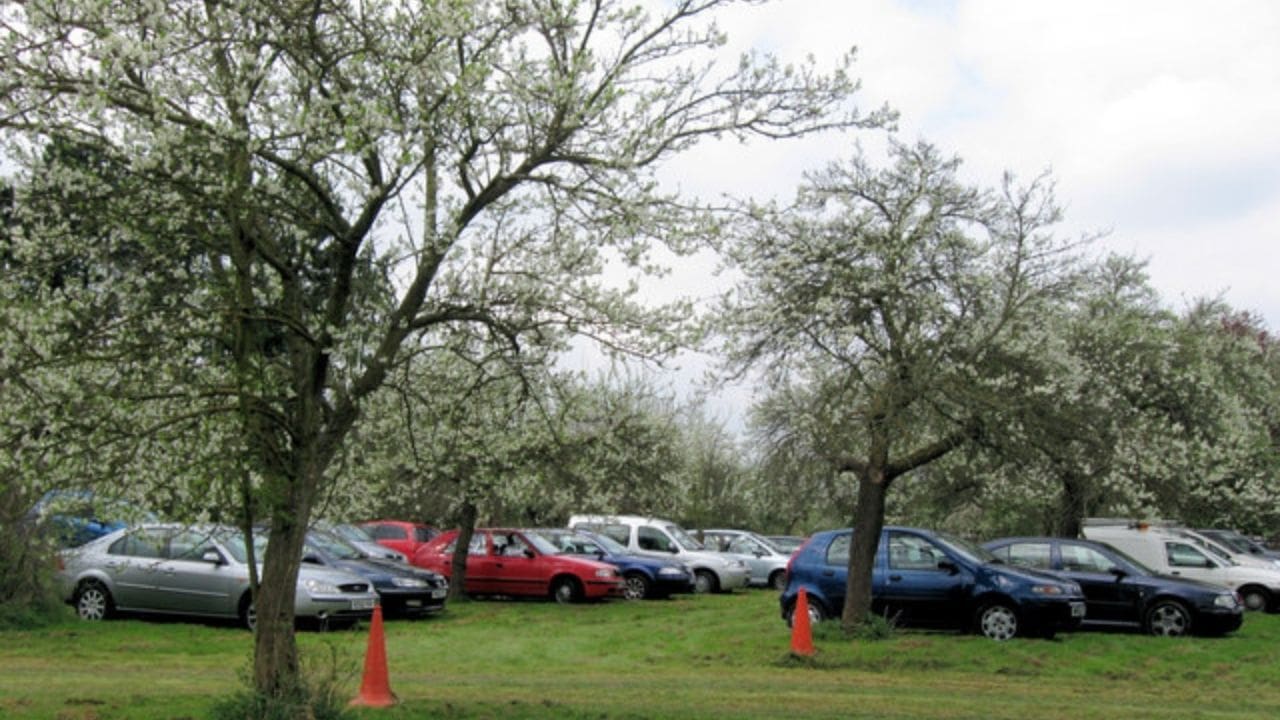

Frequently Asked Questions
How Can Individuals Get Involved in Urban Forestry Initiatives in Their Community?
You can get involved in urban forestry initiatives in your community by volunteering with local organizations, participating in tree planting events, and advocating for green spaces. Your actions can make a positive impact on the environment and community.
What Specific Tree Species Are Best for Enhancing Climate Resilience in Urban Areas?
To enhance climate resilience in urban areas, consider planting species like oak, red maple, and sweetgum. These trees are known for their ability to withstand urban stressors and provide environmental benefits for your community.
Are There Any Innovative Technologies or Strategies Being Used for Urban Heat Island Mitigation Through Urban Forestry?
There’s an innovative technology called “cool roofs” that reflects sunlight and reduces urban heat islands. They can lower rooftop temperatures by up to 50°F, making cities cooler and safer. You should consider exploring this cooling solution for your urban area.
How Does Urban Forestry Contribute to Carbon Sequestration and What Are the Long-Term Effects?
Urban forestry contributes to carbon sequestration by absorbing carbon dioxide through tree growth. This process helps mitigate climate change by reducing greenhouse gases. Over time, the long-term effects include cleaner air, lower temperatures, and enhanced ecosystem resilience.
What Are Some Lesser-Known Ways That Urban Forestry Can Enhance Biodiversity in Urban Areas?
Discover how urban forestry fosters biodiversity in urban areas. Trees provide habitats for diverse wildlife, from birds to insects, promoting a balanced ecosystem. Their presence encourages plant diversity and supports a healthier environment for all.


Hello there! I’m Logan Foster, the green-thumbed social media marketer behind the vibrant world of 1800TreeGuy.com. With roots firmly planted in arboriculture, I’ve branched out to help clients cultivate their dream outdoor spaces, one leafy canopy at a time. My knack for nurturing nature is more than a profession—it’s a way of life.
When I’m not talking trees and teaching the art of arboreal care, you can find me cheering on the Bulldogs—my alma mater’s pride and my forever team. My environmental studies there didn’t just teach me about ecosystems; they instilled a lifelong passion for protecting our planet.
Off the clock, I’m an adventurer at heart. Whether it’s trekking the Appalachian trails, pedaling down a mountain path, or crafting guides to share the wonders of the wild, I’m happiest with soil under my nails and the sun on my face. And let’s not forget Yoda, my pug sidekick. He may not have mastered the art of stillness, but his joyful grins are my daily dose of happiness.
I’m all about making connections—between people and the great outdoors and between my clients and their ideal landscape visions. My approach is personal; every tree has a story, and every garden reflects its caretaker.
If you want to green your scene or share in my outdoor escapades, give me a shout on Instagram or Facebook. Let’s cultivate a conversation and grow a community rooted in a love for the lush life.







